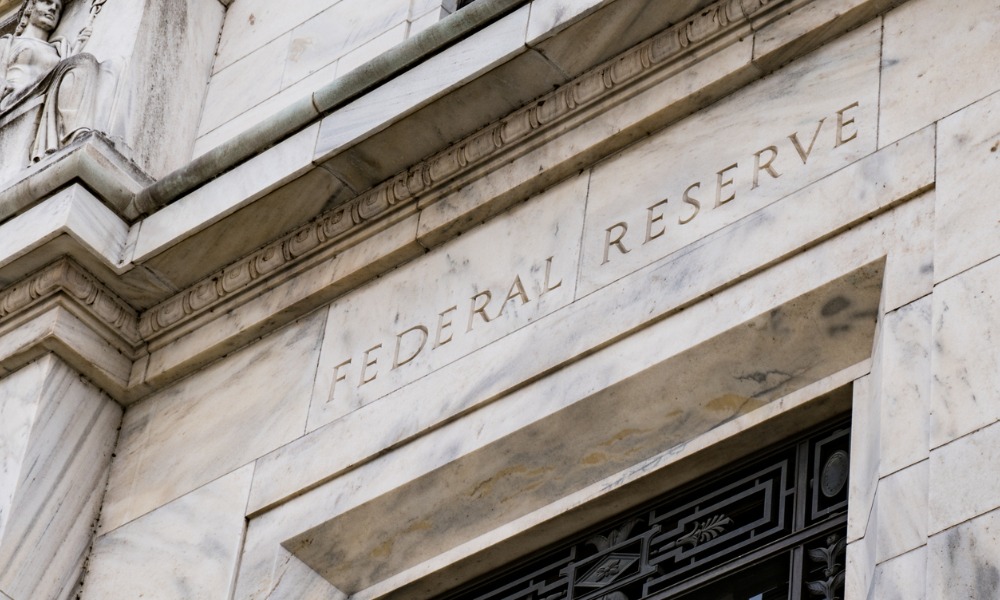Chief US Economist offers outlook and key points to monitor during tomorrow's press conference

Tomorrow, Federal Reserve Chair Jerome Powell will stand in front of the press and probably explain why the Fed is holding its key interest rate steady again. While the possibility of a cut has not been completely discounted by markets, it appears very likely that the Fed holds again. As with anything related to the Fed, however, the decision is not the only piece emerging from the meeting that could move markets.
Blerina Uruci, Chief US Economist and VP of Group at T. Rowe Price explained why Powell is likely to hold at tomorrow’s meeting. The June meeting also comes with the Fed’s updated inflation, GDP growth, and unemployment forecasts as well as their path for interest rates. Uruci highlighted the trends and datapoints which may impact those forecasts. She also explained what this meeting could mean for Canada if the Fed does hold following the Bank of Canada’s recent interest rate cut. She emphasized, too, the areas of language and tone that she will be listening for following the meeting.
“This will be a tricky meeting to navigate for Powell,” Uruci says. “We had an upside surprise on payroll data and we’ll receive inflation data on the morning of the FOMC meeting…If that inflation data comes in stronger than consensus, or even in line with consensus, it’s going to be tricky for Powell because what we’ve heard is that he has a clear dovish bias and the bar for resuming highs or staying on hold for the rest of the year is quite high. With that said, we think there will be no change in policy with maybe some stronger growth and a higher unemployment rate, with a higher inflation rate as well. Taken together it’s going to lead to a dot plot that shows fewer cuts than we saw in March.”
Uruci says that after the March meeting forecast three cuts this year, that number should fall to two in this meeting. If inflation comes in much higher than expected, it could even be revised to one at the FOMC meeting before Powell steps in front of the press. The possibility of a first cut, Uruci says, has shifted to the September meeting, which could then be followed up in November or December. Two cuts, rather than three, allows the Fed to be data dependent.
At the press conference, Uruci expects Powell to hew to his standard language. He will likely emphasize that the US economy and labour market both remain solid, while inflation stays relatively high and does not give the Fed enough confidence to start cutting interest rates now. He should say, too, that they expect to gain that confidence.
It’s notable that Powell is often more dovish in his tone at the press conference than in the written statements published with an announcement. At the last Fed meeting, that dovish tone sparked a jump up in US equity markets, quickly followed by a fall as investors digested his tone. Nevertheless, Uruci is listening for the way he answers questions and whether he uses any scenarios to explain monetary policy paths going forward. That could include scenarios where they hike rates again.
Given that the Bank of Canada cut rates at their most recent meeting, the likelihood of a Fed hold may pose some issues for Canada. Given our economy’s deep interconnectedness with the US, a big divergence in monetary policy could end up punishing the value of the Canadian Dollar. Uruci, however, notes that the conditions in Canada are far more supportive of a cut than they are in the US. Moreover, the dovish bias in the Fed’s language — even if cuts haven’t come yet — should help to ameliorate the impacts of a policy divergence.
Looking at the US economy and US markets ahead of this meeting, Uruci thinks that a tactical approach and a healthy dose of realism can help asset managers.
“My fundamental expectation is that the US economy is resilient and the labour market is resilient so the Fed will probably have less room to cut than it thinks it does,” Uruci says. “I think the pattern of data will surprise them to the hawkish side, and the way asset managers are thinking about this is to be very tactical. Don’t be a hero in this environment, stay tight. When we think the rally has gone too far, position yourself on the short end. Where we think the sell off has gone too far, don’t be shy to buy the dip either.”



